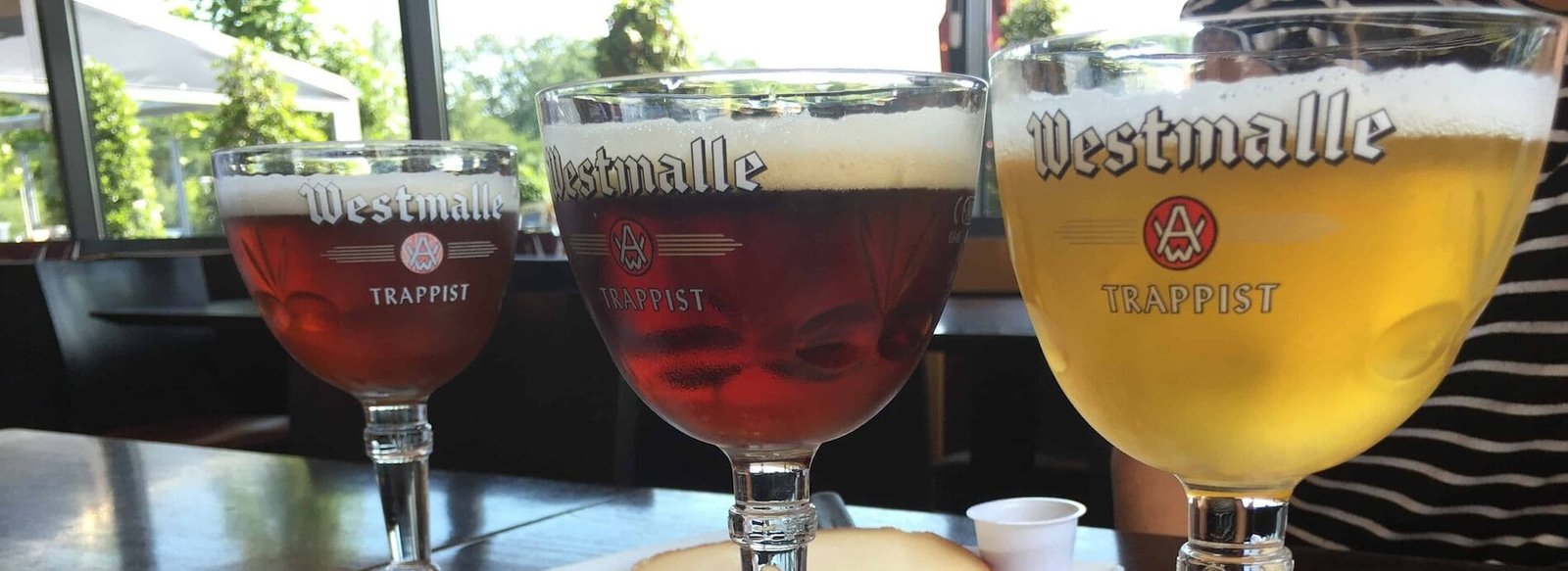Belgium is renowned for its rich brewing heritage, producing a diverse array of beers that are celebrated worldwide. Among the many factors contributing to the unique character of Belgian beers, the materials used in brewing play a crucial role. One of the most significant materials is copper, particularly in the form of brewing vessels. This article delves into the historical and practical aspects of copper vessels in traditional Belgian brewing, examining their impact on flavor, craftsmanship, and the brewing process itself.
Historical Context
The use of copper in brewing can be traced back centuries, with its origins deeply rooted in the history of beer production. Historically, copper was favored for its excellent thermal conductivity, which allowed brewers to control temperatures effectively during the boiling process. In Belgium, this tradition has carried on, with many breweries opting for copper kettles and fermenters even in modern times.
Belgium’s brewing landscape is characterized by a variety of styles, from Trappist ales to lambics. Each style has its own unique characteristics, but the common thread is the reliance on traditional methods, many of which incorporate copper vessels. The historical significance of these vessels is not merely aesthetic; they represent a commitment to craftsmanship and the preservation of brewing techniques passed down through generations.
Thermal Conductivity and Brewing Efficiency
One of the primary reasons for the continued use of copper in brewing is its exceptional thermal conductivity. Copper heats up quickly and distributes heat evenly, which is essential during the boiling stage of brewing. This stage is critical for several reasons: it sterilizes the wort, extracts flavors from the hops, and contributes to the beer’s final color and aroma.
In a traditional Belgian brewery, the boiling process often lasts for an extended period, sometimes exceeding an hour. The ability of copper to maintain a consistent temperature throughout this process ensures that the wort is boiled evenly, which is vital for achieving the desired flavor profile. Additionally, the interaction between the copper and the wort can lead to the formation of certain compounds that enhance the beer’s overall character.
Chemical Interactions and Flavor Development
The chemical properties of copper also play a significant role in flavor development. During the boiling process, copper can react with sulfur compounds present in the wort, which helps to reduce undesirable flavors. This interaction is particularly important in Belgian brewing, where complex flavor profiles are highly valued.
Moreover, copper vessels can contribute to the beer’s overall clarity. The precipitation of proteins and other compounds during boiling can be enhanced by the presence of copper, leading to a cleaner final product. This aspect is especially important for styles like Belgian Blonde Ales and Tripels, where clarity and brightness are often seen as indicators of quality.
Craftsmanship and Aesthetic Value
Beyond their functional advantages, copper vessels also hold significant aesthetic value within the brewing process. The warm, reddish hue of copper is visually appealing and has become emblematic of traditional brewing practices. For many brewers, the sight of gleaming copper kettles is not just a nod to history but also a source of pride in their craft.
The craftsmanship involved in creating and maintaining copper vessels is another aspect that sets traditional Belgian brewing apart. Many breweries invest in high-quality, hand-crafted copper equipment that reflects their dedication to the art of brewing. This commitment to craftsmanship extends beyond the physical vessels; it encompasses the entire brewing process, where attention to detail is paramount.
Maintenance and Longevity
While copper vessels offer numerous benefits, they also require careful maintenance to ensure their longevity and effectiveness. Over time, copper can develop a patina, which some brewers embrace for its aesthetic qualities. However, this patina can also affect the brewing process if not managed properly. Regular cleaning and polishing are essential to maintain the copper’s thermal conductivity and prevent any unwanted flavors from developing.
Brewers must also be mindful of the potential for copper to react with certain ingredients. For instance, high levels of acidity can lead to corrosion, which may compromise the integrity of the vessel and the quality of the beer. As a result, many traditional Belgian brewers have developed specific cleaning regimens and practices to mitigate these risks while preserving the benefits of copper.
Modern Innovations and the Future of Copper Brewing
Despite the rise of stainless steel and other materials in modern brewing, copper remains a cherished component of traditional Belgian brewing. Many craft breweries continue to invest in copper vessels, recognizing their unique contributions to flavor and quality. However, some brewers are also exploring innovative ways to combine traditional methods with modern technology.
For instance, some breweries are experimenting with hybrid systems that incorporate both copper and stainless steel. These systems aim to harness the thermal advantages of copper while benefiting from the durability and ease of maintenance associated with stainless steel. This approach allows brewers to maintain the integrity of traditional brewing practices while adapting to contemporary demands.
Copper Vessels
The role of copper vessels in traditional Belgian brewing is multifaceted, encompassing historical significance, practical advantages, and aesthetic appeal. These vessels are not merely tools; they are integral components of the brewing process that contribute to the unique character of Belgian beers. From their exceptional thermal conductivity to their ability to enhance flavor development, copper vessels continue to play a vital role in the craftsmanship of Belgian brewing.
As the brewing landscape evolves, the commitment to traditional methods remains strong among many Belgian brewers. While modern innovations may alter some aspects of brewing, the enduring presence of copper vessels serves as a testament to the rich heritage and artistry of Belgian brewing. In a world where efficiency often takes precedence, the dedication to craftsmanship and quality found in traditional Belgian brewing is a refreshing reminder of the importance of preserving time-honored practices.

